Advantages, Disadvantages And The Cost Saving Potential of Prefabricated Buildings

In the construction world, prefabricated buildings have emerges as a game changer, revolutionizing the way structures are erected. Prefabricated buildings offer numerous advantages over traditional structures making them an efficient and cost effective solution for your business. From saving construction time to reducing ecological pressure, prefabricated buildings are transforming the construction industry.
Through this article we will explore the advantages and disadvantages of prefabricated buildings and dive into how they can help businesses save money.
What are Prefabricated Buildings?
Prefabricated buildings, or prefabricated structures, are constructed in modules on construction sites. It is an umbrella term for any construction that is done away from the construction site and then assembled in the place where the structure is to be built. Prefabricated buildings are considered to be eco-friendly buildings because they are constructed using modules made of recycled material. Prefabricated buildings are cost-effective and easier to build than traditional buildings.
Advantages of Prefabricated Structures
Prefabricated construction structures and buildings are most sought after because of the various benefits that it gives their users. Let us now discuss the advantages of prefabricated structures:
1. Saving Construction Time: Prefabricated structures and buildings take less time to construct. Therefore, it takes far less time than constructing conventional or traditional structures. Most parts of a prefabricated buildings are partially made, and the construction involves assembling of the parts on site. The entire construction can be finished in a matter of weeks, which makes it the most adapted form of construction for smaller bandwidths. In other words, when construction is completed more quickly, the amount of time workers spend on the project is reduced, and therefore the cost of labor is also reduced.
2. Cost-Effective: The materials used in the construction of prefabricated buildings are eco-friendly and recycled, which lowers the entire cost of construction. The low-price construction materials help with the affordable costs. The outer structure of the prefabricated buildings is built based on conventional techniques, ensuring the structure's durability.
3. Reduces ecological pressure: The construction sector accounts for a major pollution contributor. The reason why the construction sector initiates pollution is because of the materials that are extensively used in the process. Cement is considered to be the major reasons for greenhouse gas formation. Bricks, which are the fundamental material of traditional construction, are the prime cause of environmental pollution and greenhouse gas emissions and thereby air pollution. Traditional construction also causes noise pollution as they are constructed out of the factory premises.
Disadvantages of Prefabricated Structures
While prefabricated structures offer numerous advantages, they also come with a few disadvantages that should be considered. Here are some common disadvantages of prefabricated structures:
1. Quality
The quality of the prefabrication structures can be compromised because of the kind of materials used in construction. Conventional and traditional buildings are assured of durability and quality because of their construction. These techniques have limited customization and limited servicing.
2. Risk of Damage
As prefabricated buildings and structures are built inside the factory, in order to use them, they have to be transported to the construction site where they are put into use. The transportation of the prefabricated buildings can cause damage to the structures, and transporting such large structures can also cause additional expenses on the overall cost spent for prefabricated structures.
3. Inefficient assembling
There should be access to a good and efficient labor force for the construction and assembly of prefabricated structures. If the structures in prefabricated construction are not assembled effectively, then it might result in leakages, void spaces, and joint issues. When not assembled properly, it can cause serious issues with the durability and long-term sustenance of the structure.
How can prefabricated buildings help your business save money?
Prefabricated buildings can bring in different areas where the business could productively save money which ultimately results in money being spent on the growth and development of the business.
1. Streamlined Manufacturing
Off-site manufacturing is faster than on-site manufacturing. The process is substantially faster as prefabricated buildings are constructed in controlled environments where every requirement for the construction is being specifically catered to. The builders also have access to new-age technology which makes the process far easier. The preparation and foundation of work take place hand-in-hand.
2. Proper Redesign
Redesigning and adaptability of changes to new age requirements is a part of the process and needs to collaborate with clients effectively. This is quite an impossible forte when it comes to traditional construction structures. Modular design can be done without a significant effect on the price tags. So, adapting to prefabricated buildings gives you the opportunity to redefine structures according to the needs and requirements.
3. Optimized Quality Control
As the prefabrication construction of buildings happens within a factory which is a controlled environment. This helps in the feasible and cheaper construction of the structures. It can accelerate the timelines and, when done in a constructive environment, the quality of the production and construction methods are assured.
4. Enhanced efficiency
The prefabrication industry has extremely talented and professional employees who are experts in constructing such structures. The efficiency of labor ensures that there is reduced downtime for the entire process to be performed. This will help the customers gain a competitive advantage over their competitors. And, it will eventually make the prefabrication company much more feasible in customers' minds.
5. Lower Full Costs
Pre-engineered buildings and prefab structures are a sustainable option, monetarily and environmentally. The prefabricated structures are known to have lower energy and water consumption. They also have fewer impacts on the environment, and they have fewer greenhouse gas emissions. These factors let the prefab structures run with fewer resources.
6. Lower Waste Recycling and Disposal Costs
As the entire process of building a prefabricated structure is an off-site process, there will be a lesser impact on the normal livelihood of people. It also gives very less waste and in case of waste, they are recycled and used on other prefabricated construction structures.
Winding Up
Despite challenges, prefabricated buildings can significantly help businesses save money. Streamlined manufacturing, proper redesign, optimized quality control, enhanced efficiency, lower full costs, and lower waste recycling and disposal costs are all key factors contributing to the cost-saving potential of prefabricated buildings. Embracing prefabrication can not only benefit businesses financially but also contribute to a more sustainable and efficient construction industry.
Unlock the cost-saving potential of prefabricated buildings with Pressmach Infrastructure. Our cutting-edge manufacturing, tailored redesigns, uncompromising quality control, and enhanced efficiency will help your business thrive while saving you money. Experience streamlined construction, optimal quality, and significant cost advantages. Make a smart financial choice and contribute to a greener future with Pressmach's high-quality and sustainable prefabricated structures.
Your Requirements
Related
Blogs









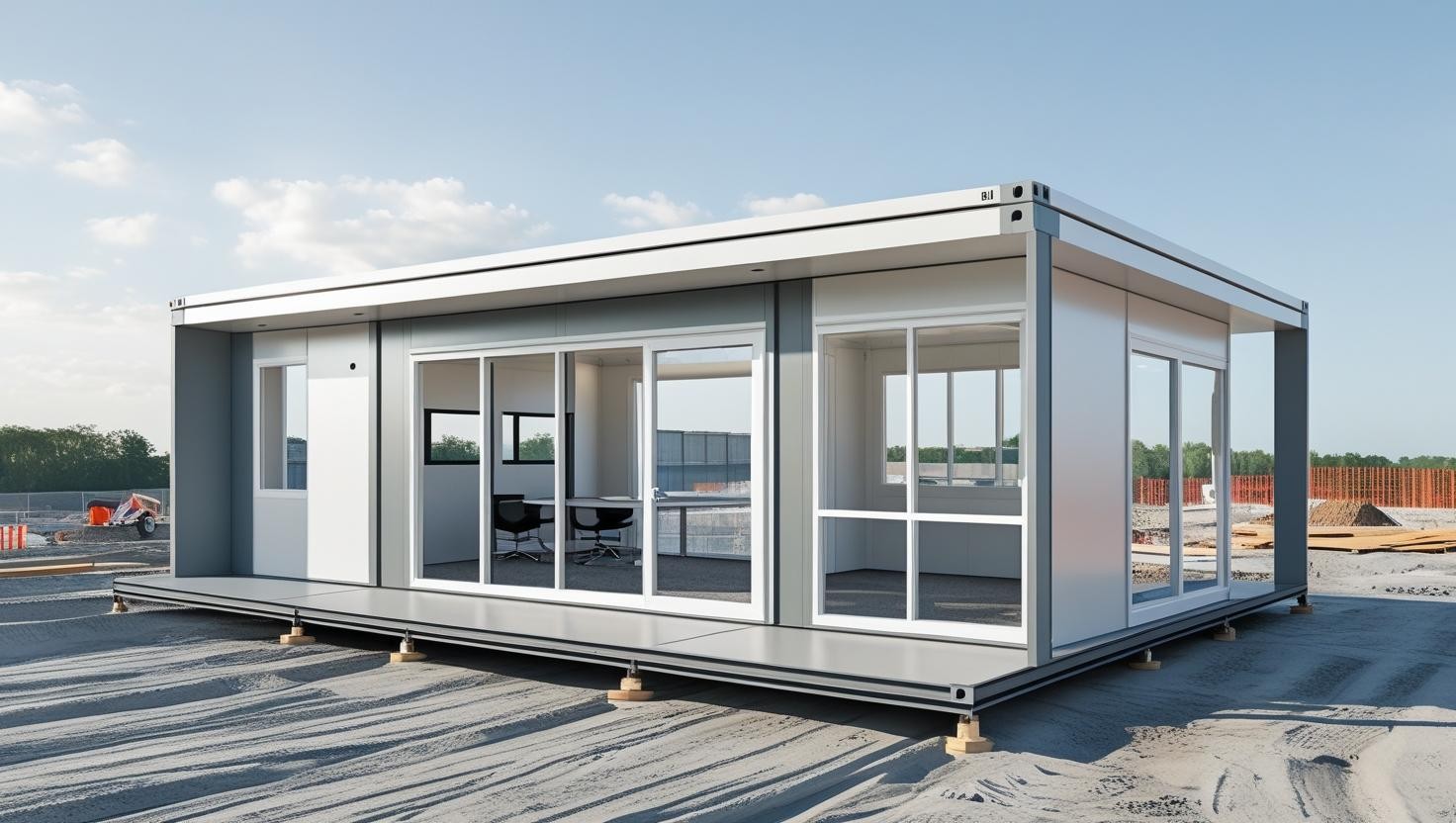











6790c3d8f29a2.jpeg)




























65cf4d38697f9.webp)



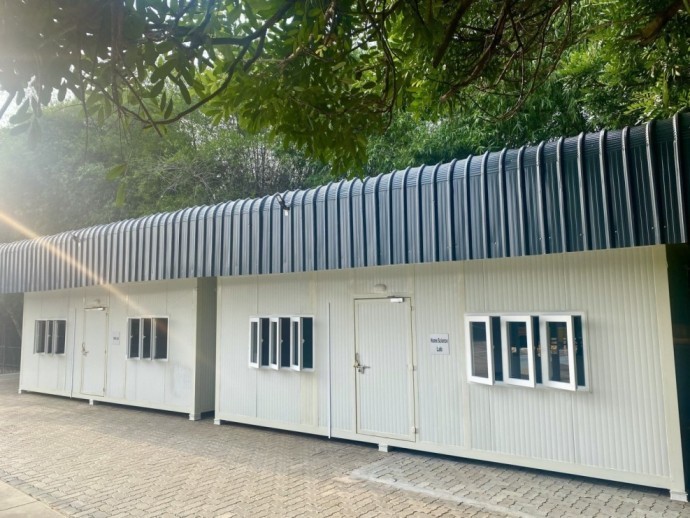



65cf65f046eed.webp)


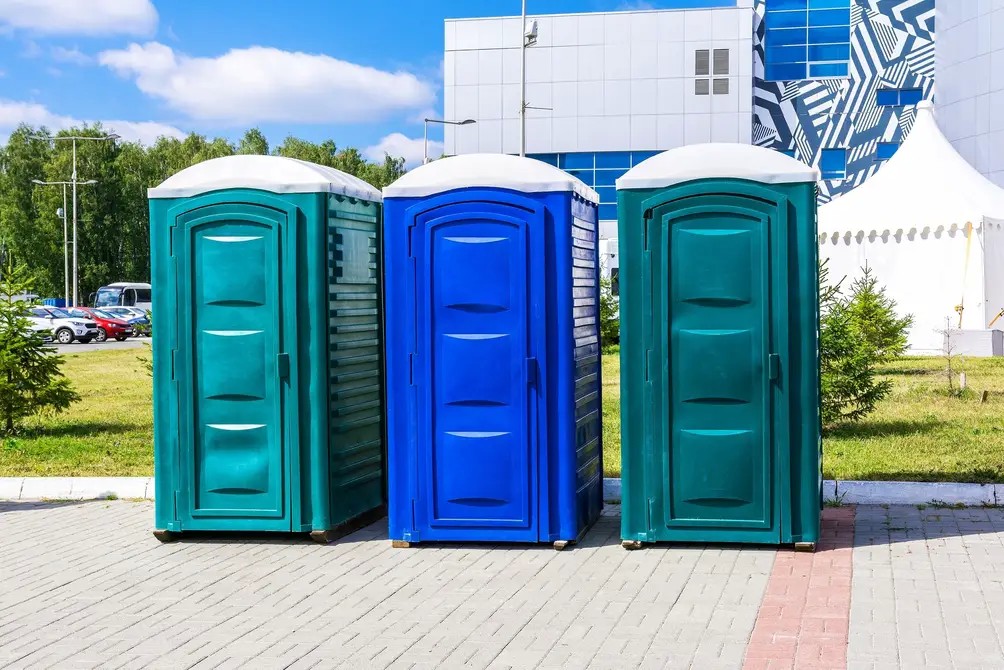



64afe3444467b.jpeg)


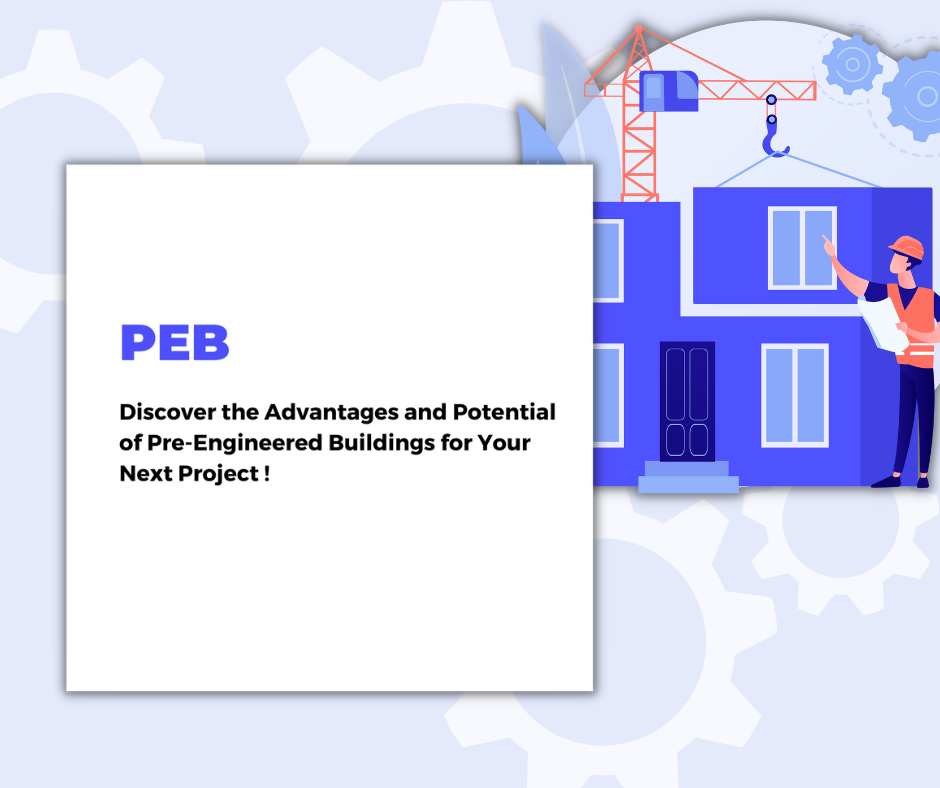


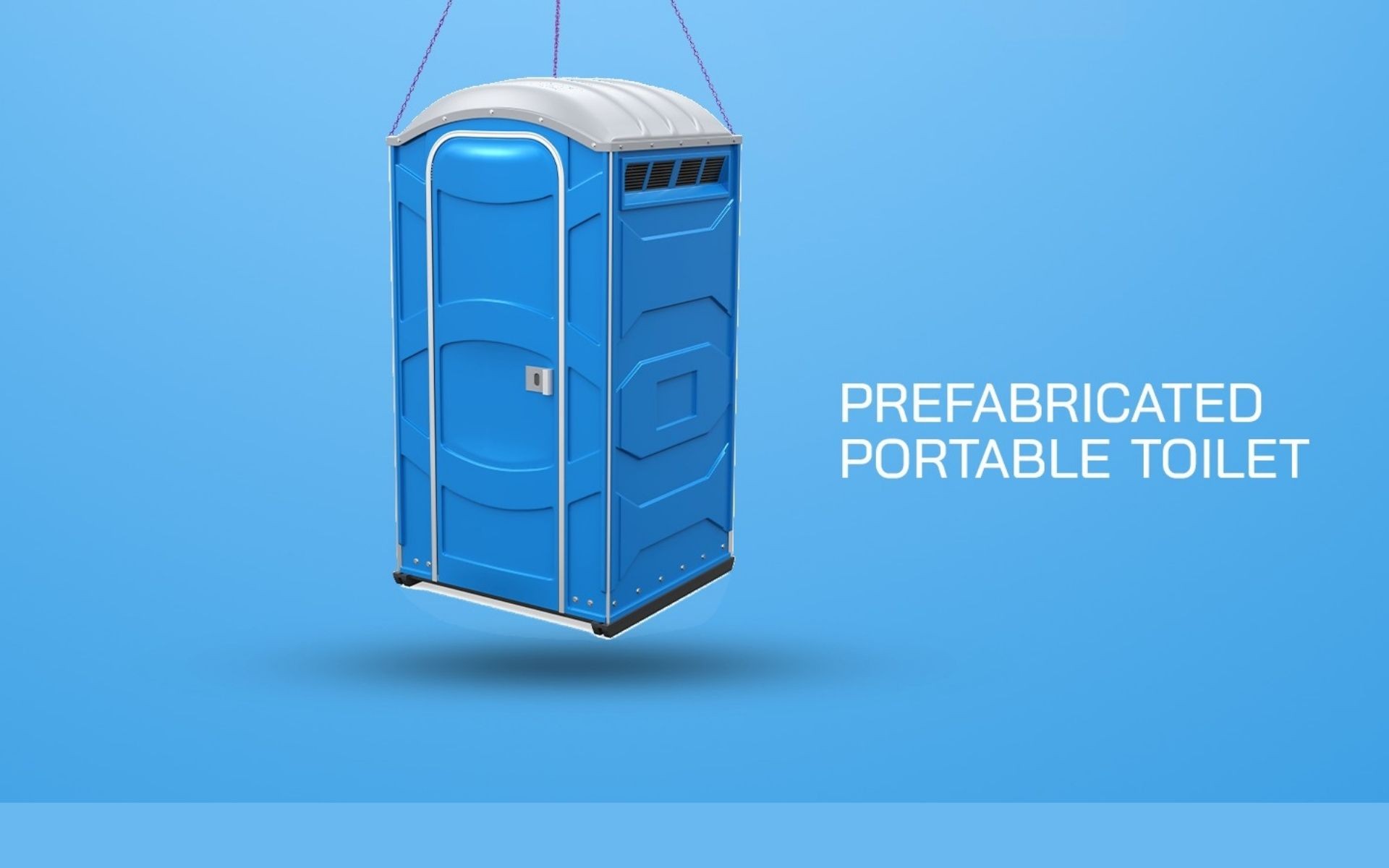





 site office front view622f00119ba65.jpg)

6349487807893.jpeg)